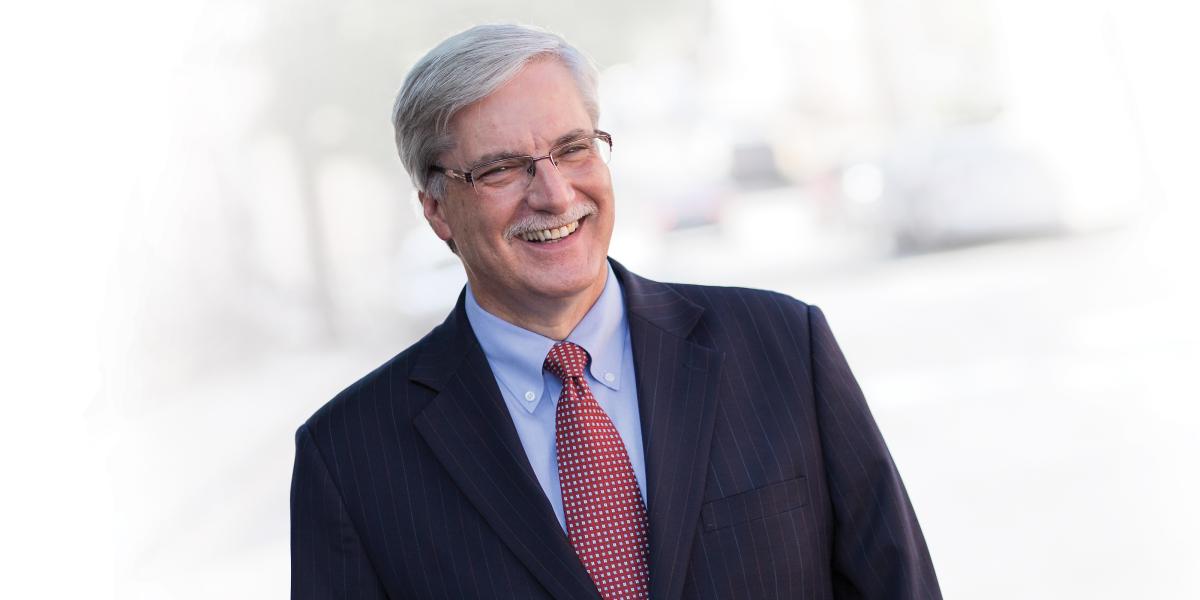Open Mike: Our Search for Answers
It’s time that I wrote about my daughter Sarah.
Wendy cried. I drove. Sarah sat in her car seat, confused by Mommy’s tears.
Sarah and my wife, Wendy, had just spent the afternoon with a child psychiatrist. Because there were not enough seats in the room, I had been exiled to the waiting room … to wait. In the car, Wendy told me that the psychiatrist had spent a long hour talking to her while 5-year-old Sarah squirmed in the chair next to her. When he was ready for Sarah, she had long since lost any inclination to pay attention or interact. At the end of the interview, his judgment was brief and to the point: Sarah was autistic. The sobbing started when Wendy got to that part of the story.
Being an academic, I went to the medical literature to understand the causes and the implications of the diagnosis. What I found was a paucity of well-designed studies about autism, at least by my standards as an epidemiologist. And there was an absolute lack of investigation into the risk of autism associated with environmental and lifestyle factors. That was 16 years ago. Since then the situation has improved. Sarah was on the leading edge of an explosion in the incidence of autism. More children will be diagnosed with autism this year than diagnosed with diabetes, HIV and cancer combined. That explosion inspired philanthropic and government funding that has fueled a concomitant increase in research.
Wendy and I soon learned that the word autism was always accompanied by the descriptor “an incurable disease.” We never accepted the implication that all was hopeless, and Sarah has always surpassed the expectations of naysayers. We also learned that the label of autism is much more nuanced than when Leo Kanner, the Hopkins psychiatrist, first described the condition. Clinicians and scientists now recognize that there is a spectrum of autism-associated disorders. Since Sarah’s initial diagnosis, many more labels followed, a veritable alphabet soup of abbreviations and eponyms. There is no biopsy, no digital readout to diagnose autism—a challenge for parents trying to cope as well as for researchers and clinicians studying the disease, predicting outcomes and designing treatment programs.
From that initial foray into the literature, I was convinced that autism research needed an infusion of epidemiology and biostatistics. My background was not in child development, but I did what I could, most notably by welcoming faculty and postdoctoral fellows who study these issues into my summer course in clinical research.
Wendy died in 2006, and the only easy thing about that tragedy was deciding how to memorialize her. We created the Wendy Klag Fund to support PhD students who are studying developmental disabilities in children. Through the generous contributions of family, friends and the Hopkins community, we have been able to support graduate students who have undertaken challenges ranging from the prevention of bullying of children with developmental disabilities in Maryland schools to assessing the prevalence of childhood disabilities in southern Nepal.
This is the first time that I have written about Sarah and the challenges she faces. It’s hard for me to write about such a personal issue, but it is time. As I was finishing this column, an email popped up from the CDC with the latest data: One in 88 U.S. children has an autism spectrum disorder, a 78 percent increase from 2002 to 2008. These data were generated in part by Li-Ching Lee from our Department of Epidemiologyand Rebecca Landa from the Kennedy Krieger Institute, and are an incredibly powerful affirmation of the public health impact of this condition. It’s not just a U.S. issue, of course. Soon after World Autism Awareness Day (April 2), I attended a UN panel discussion, sponsored by Autism Speaks and the governments of Bangladesh and Qatar, on the importance of international collaborations in unraveling the autism puzzle.
Even though our journey with Sarah had a very bleak beginning, it has been one long opportunity to show Sarah how much we love her, and vice versa. Sarah recently celebrated her 21st birthday with her first (very small!) drink of sake, is taking her first college-level course and looks forward to the future. She is at the forefront of adults with autistic spectrum disorders who will need services and support throughout their lives.
There are big questions about autism that need to be answered. Among others, we need to know whether the incidence of autism is truly increasing or if other conditions are being relabeled; what environmental factors contribute to the increasing prevalence; are there gene-environment interactions that increase risk; and, what policies should guide entitlement programs. To advise me on how best to resolve these questions, I convened a group of faculty from our School, the School of Medicine and the Kennedy Krieger Institute. Their advice is to take a multidisciplinary approach, examine the problem from every angle, create infrastructure to share resources and facilitate collaboration, and give them the resources to tackle this issue.
It is time to do just that. Children—and now young adults— can’t wait.
